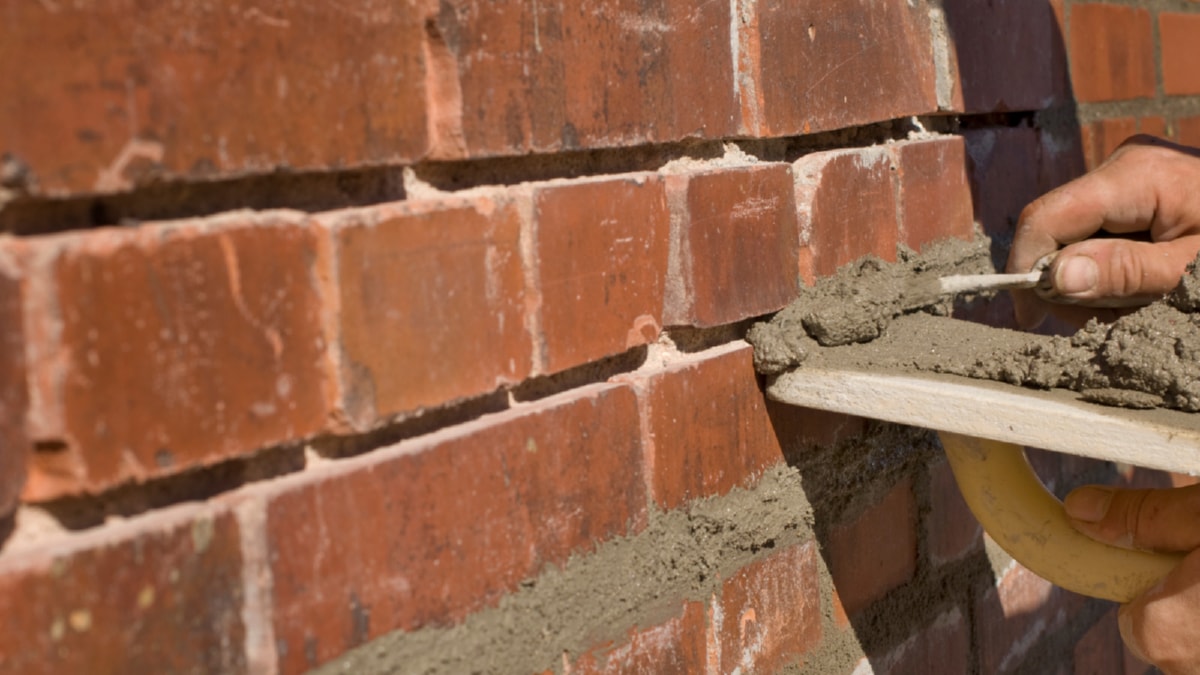The recent trends in the construction industry have been largely influenced by the advent of technology and the growing need for sustainability. These trends are also determining the direction of the building industry but also addressing the challenges faced by builders, architects, and developers today.
The impact of technology on building practices has been significant and transformative. Digital tools and software have introduced a new level of efficiency and accuracy in project planning and execution. For example, Building Information Modeling (BIM) technology has changed the way we design and build structures. It allows for 3D visualization of a project, enabling architects and engineers to spot potential problems and make necessary adjustments before the actual construction begins. This not only avoids unnecessary delays and wastage but also enhances the overall quality of the project.
Further, the advent of Artificial Intelligence (AI) and Machine Learning (ML) has brought a new dimension to construction processes. These technologies can forecast project outcomes, automate repetitive tasks, and reduce human error. Drones, another technological innovation, are being used for land surveys, site inspections, and progress tracking, improving safety and efficiency on construction sites.
On the other hand, sustainable construction methods are gaining traction as the industry moves towards eco-friendly practices. Green construction or sustainable development refers to a method that minimizes the environmental impact by reducing waste and conserving resources. These methods utilize renewable materials, energy-efficient designs, and waste reduction techniques.
For instance, the use of recycled materials in construction has been a significant step towards sustainability. Materials like recycled steel, glass, and plastic are being used in building homes, offices, and even roads. This not only reduces the demand for new resources but also helps in waste management.
Another green trend is the boost in energy-efficient buildings. These structures are designed to reduce energy consumption by incorporating features such as solar panels, energy-efficient windows, and high-quality insulation. Such buildings do not only decrease the environmental impact but also offer long-term cost savings to the owners.
In conclusion, the building industry is undergoing significant changes due to the influence of technology and the shift towards sustainable practices. These trends are not only transforming the way we build but also making the industry more efficient, eco-friendly, and future-ready. It is important for builders, architects, and developers to adapt to these changes and leverage them for the growth and betterment of the industry.
.
For more details, check best chimney restoration and rebuild services or visit their business listing here.



